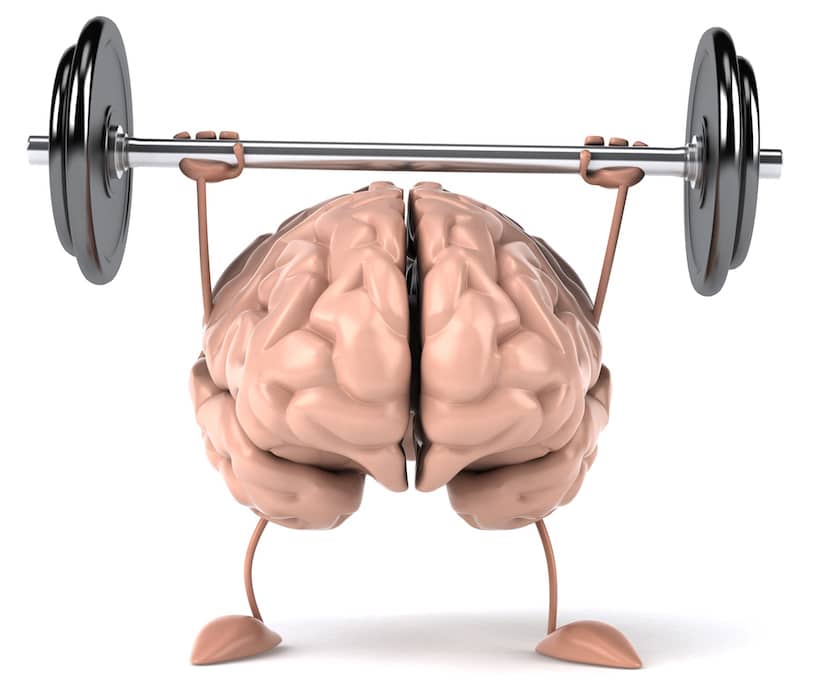10 Things Stroke Survivors Need To Understand About Neuroplasticity
3 min read
Neuroplasticity is a big word getting a lot of buzz. It means the brain (“neuro”) can change (“plastic”). We hear a lot about it in stroke and brain injury rehab because it gives hope to survivors that their brains can heal, adapt, and rewire after they have been damaged. We also hear the word in advertisements for new treatments or programs. What exactly is neuroplasticity, and how does it work?
Intuitively, we know that we get better at the things we practice, and we are shaped by our experiences. Therapy for a damaged brain is essentially no different. The best therapies exploit how neuroplasticity works by using repetitive positive experiences to forge and strengthen pathways in the brain. To better understand how this works, we look to the research published by Kleim & Jones that outlines the 10 principles of experience-dependent neuroplasticity.

Whether you’re learning a new skill or re-learning a lost one, it’s clear we must practice the thing we want to get better at. Unfortunately, many stroke survivors, recovering but not yet ready to return to work, sit at home alone between therapy sessions. They turn to TV to pass the time, despite being willing to do the exercises they need to improve their skills. Fortunately, there are new technologies (such as an app that helps you practice talking or a video game that guides you through meaningful movements) that can help provide intense, meaningful, and skilled stimulation that will change their brains for the better. Understanding how neuroplasticity works can help you evaluate which methods can truly help you reach your goal.
Regrettably, there are some people who are exploiting the term neuroplasticity to give brain injury survivors false hope that they can get better with unproven treatments that require little to no effort. If the therapy does not have you directly practicing the skill it claims to improve, please be cautious. There are no quick-fixes (remember: intensity and repetition matter), and there is no one-size-fits-all solution (remember: specificity and relevance matter). Anyone who tells you otherwise, using brain-branding, neuro-marketing, or brain-training terminology while charging you for a service or product, is banking on you not knowing the difference. But now you do.
Further Reading on Neuroplasticity:
Tactus Therapy apps are an affordable and accessible way to get some of the mental stimulation needed for recovery. You can personalize Language Therapy with your own questions or photos, helping you use repetition & personal relevance to your advantage.
Language Therapy 4-in-1
Boost speaking, listening, reading, & writing for words with a scientifically proven speech therapy app for people with aphasia.
Conversation Therapy
Engage in real-life discussions with pictures & questions that get people talking to practice communication strategies.
